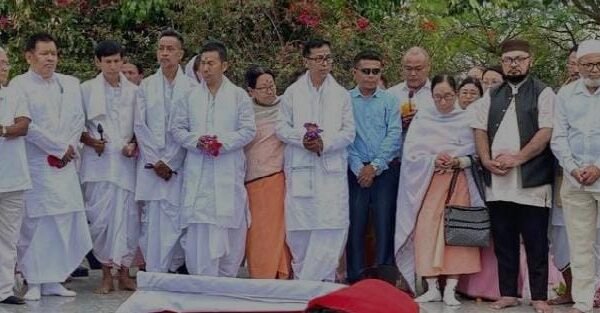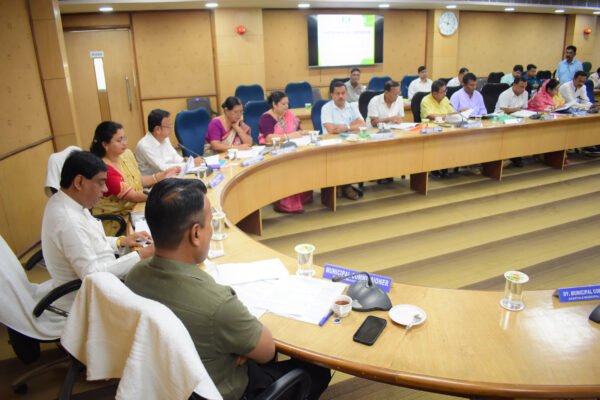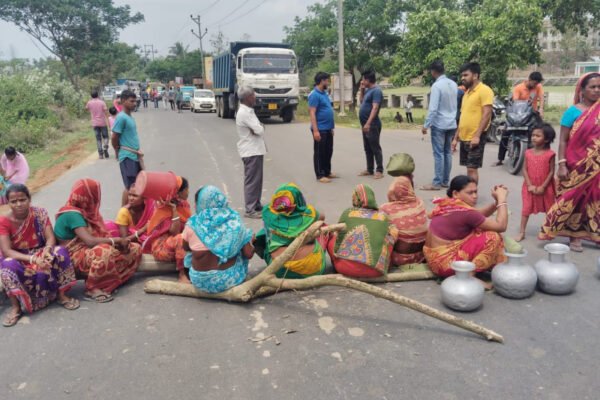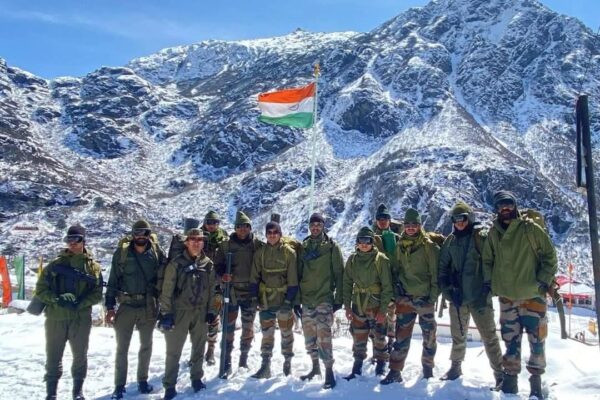- NET Web Desk
The Mizo Peace Accord signed on June 30, 1986 by Mizo National Front (MNF) leader – Laldenga, Mizoram Chief Secretary (CS) – Lalkhama, and Home Secretary – RD Pradhan is recognized as one of India’s few long-lasting triumphs in restoring peace; following an outbreak of domestic insurgency.
Let’s look back into the intriguing account behind this successful effort to restore peace.
The story begins in 1959, when residents of the Lushai Hills awoke to devastated ‘Mautam Famine’. Its cause was attributed to flowering of bamboos which resulted into rat population boom in large numbers. After consumption of bamboos seeds, the rats turned towards crops and infested the huts and houses, which eventually turned into a nuisance for the villagers.
The Mizo District Council appealed the Assam government for a sum of Rs 150,000 to mitigate the effects of this famine, but their request was ignored. Ignorant officials dismissed ‘Mautam’ as a bizarre tribal superstition.
This sparked the movement led by Mizo leader – Laldenga, a former havildar in the Army and accounts clerk in the Assam administration. Angered by the treatment meted out to his people, he quit his government job and founded the Mizo National Famine Front.
On October 28, 1961, Laldenga established the Mizo National Front (MNF) and proclaimed the Mizo people’s right to self-determination. The MNF initially adopted non-violence to achieve political goals, but difficult conditions forced them to pick-up arms and form the Mizo National Army (MNA).
The MNF launched full-scale insurgency, after receiving weapons, funding and training from China & Pakistan. In retaliation, the Indian government launched a disastrous operation against the MNA, driving its members across the border into East Pakistan.
In 1963, Laldenga was arrested and hauled before an Assam court, on treason-related accusations. But was acquitted.
Protests erupted against Assam, India, perceived and real injustices, geographical claustrophobia; which led to Operation Jericho. As part of the resentment, nearly thousand MNF men swiftly managed to capture significant installations, including the – government treasury in Aizawl, Army installations in Champhai and Lunglei districts.
The MNF issued a 12-point declaration, the next morning, outlining the Mizo people’s demand for independence from the Indian Union. After three days of peaceful conditions, the brutal response of India was witnessed, which is often hidden from public discourse.
On March 5, the Indian government under the leadership of former PM Indira Gandhi ordered the deployment of four fighter jets, which bombed the living daylights out of Aizawl.
This brutal operation continued till March 13. Making matters worse, the Indira Gandhi government initially claimed that fighter jets were deployed not to drop bombs, but rather personnel and supplies.
Following the air strikes, the Indian military launched a swift and ruthless operation, securing all the key borders and preventing any sort of supplies entering through Burma and East Pakistan.
The MNF rebels were quickly dispersed on both sides of the border, and curfew was imposed across the region.
Meanwhile, Laldenga escaped into exile in Bangladesh, until the defeat of Pakistani forces were routed in the 1971 war. Later, he relocated to Pakistan and eventually London.
In the early ‘80s with his family based in London, Laldenga reached out to Indian intelligence personnel stationed in Europe for talks.
Former PM Indira Gandhi, however, placed two conditions for Laldenga – end of armed violence, and settlement maintained under guidelines of the Indian Constitution.
In the following month, news came of 750 MNF rebels surrendering their weapons and undergoing rehabilitation at a facility headquartered in Luangmual, on the outskirts of Aizawl.
On June 27, Pradhan invited Laldenga for a cup of tea, and indicated that he would retire from service in three days, and that Laldenga had until then to decide whether or not to accept the terms, suggested to him.
Later on June 30, Pradhan’s last day in service, Laldenga went to visit the officer. Over a cup of tea, Pradhan informed him, “Mr Laldenga, I have fallen in love with your land and the Mizos. Perhaps one day, very soon, I can greet you and your family there.”
Laldenga became emotional, and wished to conclude the accord with Pradhan. However, it was Pradhan’s last day in office.
Pradhan and Laldenga went over to 7 Race Course Road, and the two pending points in the Accord were cleared. The Cabinet Committee on Political Affairs approved the draft of the agreement.
But it was already 8.30 PM, and Pradhan was no longer authorized to affix his signatures on a formal document. In recognition of his efforts, his retirement was extended until midnight.
Finally, on June 30, 1986, the day RD Pradhan was to retire from service, the MNF and the Government of India signed the famed ‘Mizoram Peace Accord’.
As per the pact, the Indian Government granted full statehood status to Mizoram in February 1987, constitutional protection for Mizo customary law, religion and social customs, recognition of Mizo as an official Indian language and land ownership.
Additionally, the MNF consented to end all communication with other Northeastern insurgent outfits.









